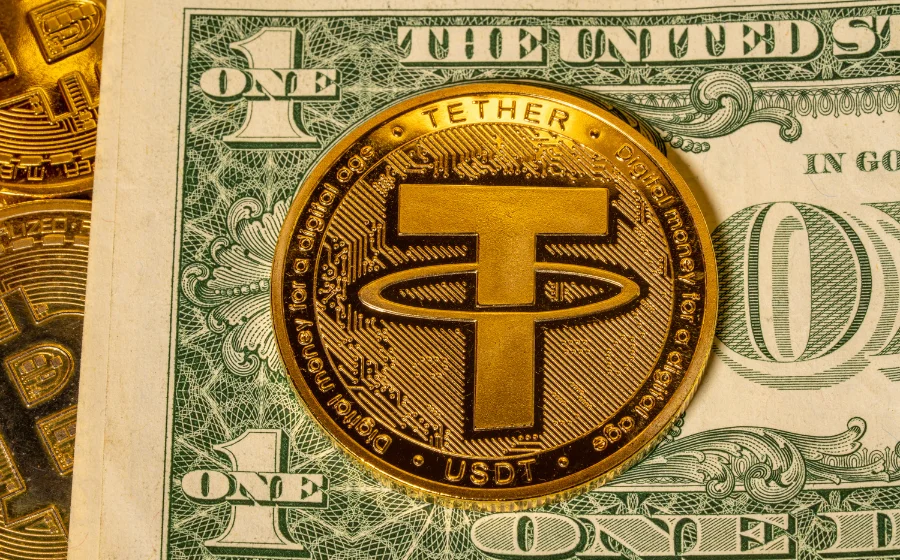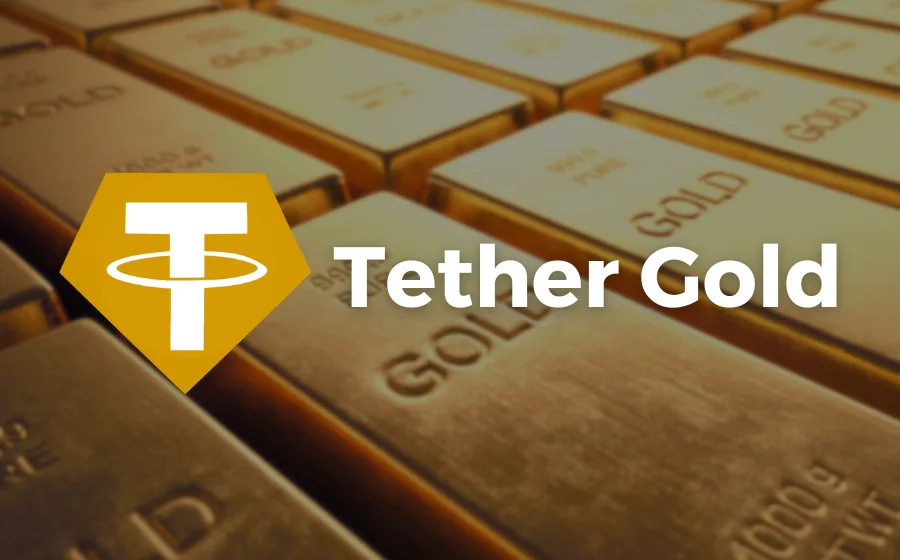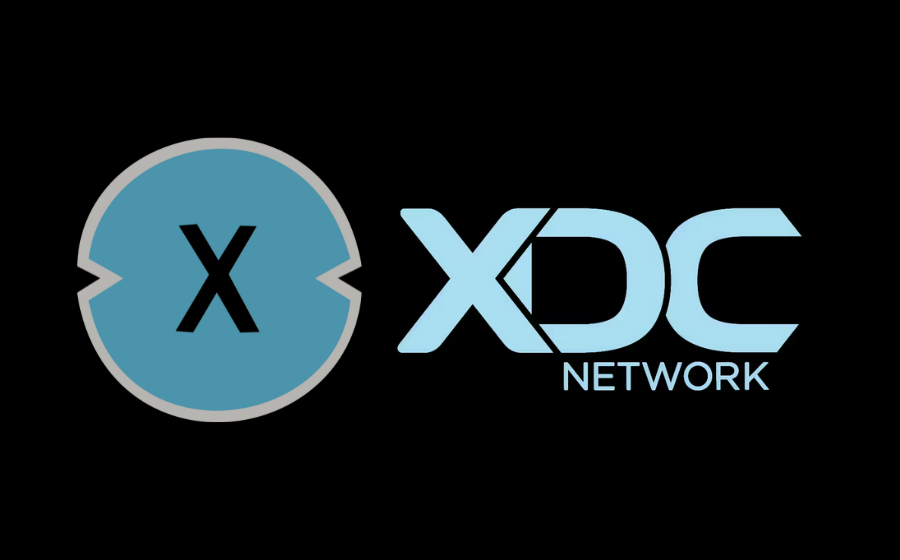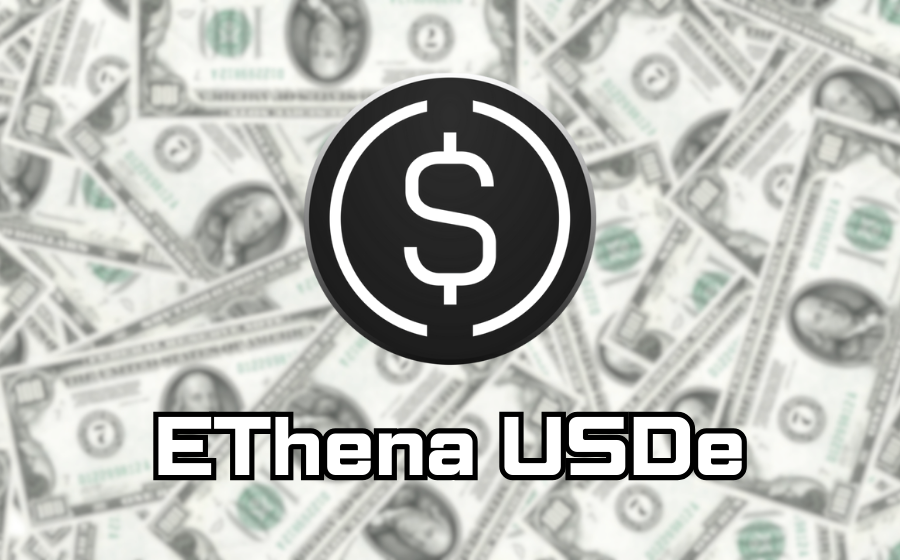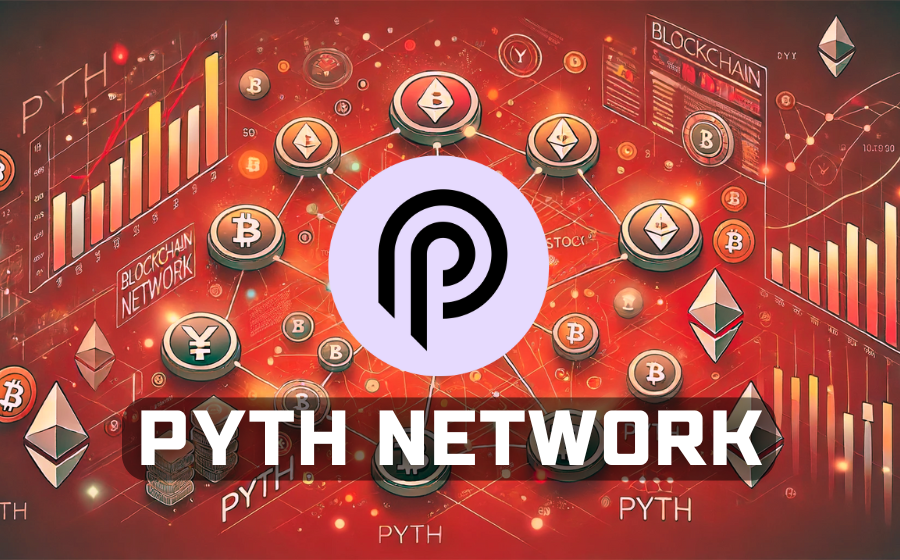
KEYTAKEAWAYS
- Pyth Network offers accurate and reliable price data, supporting over 40 blockchains and 350+ asset classes.
- The network’s innovative pull oracle design allows applications to request real-time price updates on demand.
- Governed by the Pyth DAO, the network ensures data quality through a decentralized model involving over 90 global exchanges and financial providers.

CONTENT
Pyth Network, the largest first-party financial data oracle providing real-time market data to over 40 blockchains, supporting 350+ asset classes with its innovative pull oracle design.
WHAT IS PYTH NETWORK (PYTH)?
Pyth Network is the world’s largest first-party financial data oracle, aiming to bring high-quality financial data into decentralized finance (DeFi). The project’s goal is to provide accurate, highly reliable price data to support developers in creating innovative applications while minimizing data latency.
Currently, Pyth Network provides real-time market data for over 40 blockchains in a secure and transparent manner. It supports real-time pricing information for more than 350 major asset classes, including digital assets, stocks, ETFs, forex, and commodities.
The network consists of over 90 of the world’s largest exchanges, market makers, and financial service providers, who contribute their proprietary price data on-chain for aggregation and distribution to smart contract applications.
Thanks to Pyth Network‘s innovative pull oracle design, applications can easily “pull” the latest prices on-demand to their local blockchains. Since the launch of the cross-chain pull model less than a year ago, the network’s total value has exceeded $1 billion. Pyth Network has been used by DeFi protocols, with a trading volume of over $70 billion and more than 200 applications.
- Three Key Components of Pyth Network
- Data Providers
Pyth’s data providers include global exchanges, trading firms, market makers, and other institutions and decentralized market participants. They form a diverse community that directly provides their proprietary data. Pyth focuses on two types of price data: tradable asset prices from exchanges and the latest transaction prices from traders.
- Pyth Protocol
At the core of Pyth is a protocol designed to aggregate data from various providers, creating a unified price and confidence interval for each price source every 400 milliseconds. This aggregation occurs on a specific application blockchain called Pythnet, which acts as an authoritative proof chain to ensure the robustness and accuracy of the data.
- Data Users
Pyth’s data users are applications on blockchains that support Pyth. They can read the aggregated price data and seamlessly integrate it into the logic of their smart contracts. Pyth’s unique “pull oracle” architecture allows data users to request price updates as needed. This innovative approach is fuel-efficient, meaning users only pay for the prices they need, avoiding fuel costs for unused updates.
- What is PYTH Token?
PYTH is the native token of Pyth Network, with a maximum supply of 10,000,000,000 tokens.
Pyth governance can help determine high-level parameters of other network mechanisms. On-chain governance is expected to be responsible for many decisions and actions, such as:
- Determining the size of update fees
- Establishing reward distribution mechanisms for publishers
- Approving other software updates for on-chain procedures across blockchains
- Deciding how to list new trading assets and their reference data on Pyth
- Allowing data providers to supply price information data
New topics related to on-chain governance may be established by the DAO.
>>> More to read : What is Solana? The Ethereum killer
HOW PYTH NETWORK WORKS
Pyth Network aims to overcome challenges by developing solutions suitable for DeFi. Its ultimate goal is to provide accurate, secure, and real-time data.
However, achieving such efficiency is not possible with traditional oracle structures. The financial world is particularly closed-off. In other words, obtaining financial data often becomes a headache and even a financial trap, as one must rely on centralized participants who sell their services at high prices.
Recognizing that DeFi cannot bear such costs, the creators of Pyth Network decided to establish direct relationships with data providers (publishers).
Data input into the Pyth Network system is verified through a high-quality node network. Nodes directly own and publish the data on-chain rather than purchasing it from intermediaries.
Additionally, Pyth Network features the ability to easily move assets across blockchains through the Solana Wormhole bridge, compliant with both ERC-20 and SPL token standards. Users can convert assets by sending ETH on Ethereum, which, once verified, is minted as WETH tokens on Solana.
In May 2022, Pyth Network announced an update to the testnet data on the BNB Chain and Binance Smart Chain (BAS) applications. Pyth Network transmits online data to the BNB Chain via Wormhole, supporting developers in building on-chain and off-chain applications.
In simple terms, three main groups operate on Pyth Network:
- Publishers: Provide price data and earn rewards.
- Consumers: Share data for on-chain or off-chain protocols and must pay to use the data provided by publishers. As of June 4, 2022, the project has integrated 52 protocols in various fields, including synthetic assets, derivatives, AMM, lending, and more.
- Stakers: Stake tokens and earn profits.
Moreover, the Pyth Network ecosystem includes user groups that interact through four mechanisms:
- Price Aggregation: Aggregates prices from publishers with high reliability, limiting price manipulation.
- Data Staking: Determines the stakeholders’ shares, allocating fees from staking activities. Automatic claiming functionality appears after task completion.
- Reward Distribution: Rewards publishers, encourages contributions, and handles fraud cases.
- Governance: Manages common activities such as token approvals, determines data fees and usage purposes, and specifies PYTH tokens in the staking mechanism.
>>> More to read : Wormhole (W): The Future of Blockchain Interoperability
PYTH NETWORK VS CHAINLINK
Pyth Network (PYTH) is often referred to as the Chainlink (LINK) of Solana. But what are the differences between the two?
- Data Aggregation
Chainlink can be described as a network of reporters, where node operators aggregate and report data received from third parties. On the other hand, Pyth Network is a market where the actual data originators are responsible for the quality of the data itself.
- Delegators and Staking System
Chainlink’s delegators and staking system structure is similar to Pyth Network‘s, but Chainlink does not link the staked amount to the proportion used in price aggregation. Instead, it uses the median of the data reported by the nodes. Therefore, the block data feeds are influenced by the delegators’ staking.
- Slashing and Compensation Processes
For erroneous data transmission events in Chainlink, it is handled through a slashing structure and reporting events between nodes. Chainlink’s slashing is used to reward data providers rather than consumers, prioritizing a stable supply chain system. Therefore, data consumers do not need an insurance claims process.
Unlike Pyth Network, data consumers must pay for the data they use, and because it uses a push model, consumers also have to pay gas fees to update off-chain data.
>>> More to read : Chainlink (LINK): Revolutionizing Smart Contracts with Unique Token
FAQ
- What is Pyth Network (PYTH)?
Pyth Network is an innovative decentralized oracle that collects financial market data from over 90 first-party publishers, including major global exchanges, and delivers it to more than 40 blockchains.
▶ Buy Crypto at Bitget
ꚰ CoinRank x Bitget – Sign up & Trade to get $20!



